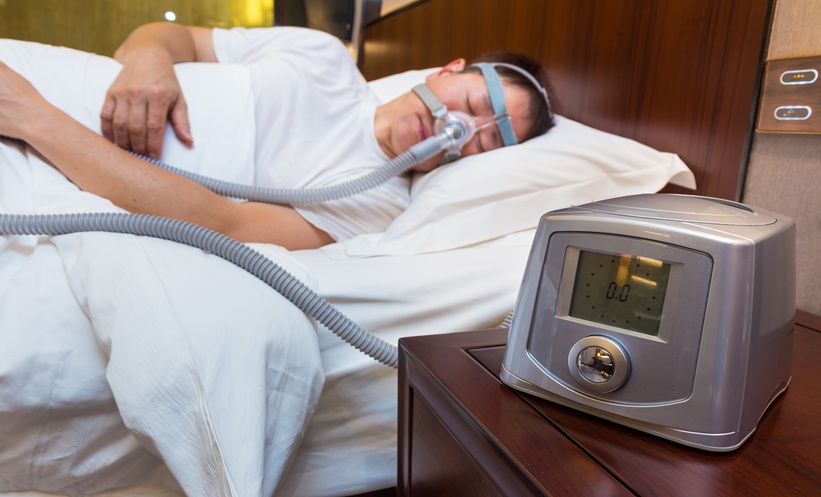BACKGROUND
Nintedanib is a tyrosine kinase inhibitor approved for the treatment of idiopathic pulmonary fibrosis (IPF). Sildenafil is a phosphodiesterase-5 inhibitor approved for the treatment of pulmonary arterial hypertension. Exploratory analyses of data from the INSTAGE trial in patients with IPF and severely impaired gas exchange suggested that treatment with nintedanib plus sildenafil may be associated with a reduced rate of decline in forced vital capacity compared with nintedanib alone.1 In the INSTAGE trial, changes in biomarkers of inflammation, epithelial cell damage, and extracellular matrix turnover were investigated.
METHODS
Patients with IPF and diffusing capacity of the lungs for carbon monoxide (DLco) ≤35% predicted were randomised 1:1 to receive nintedanib 150 mg twice a day plus sildenafil 20 mg three times a day, or nintedanib 150 mg twice a day plus placebo for 24 weeks. Blood samples were taken at baseline and Weeks 4, 8, 12, 18, and 24. In prespecified analyses, fold changes from baseline in adjusted mean levels of C-reactive protein (CRP) degraded by matrix metalloproteinase-1/8 (CRPM), CRP, Krebs von den Lungen-6 (KL-6), and surfactant protein D were analysed using a mixed model for repeated measures with fixed effects for treatment-by-visit and batch. Data were log10 transformed before analysis and estimates of changes from baseline were back-transformed.
RESULTS
Of the 273 patients treated in the INSTAGE trial, 163 (59.7%) were naïve to nintedanib therapy before entering the trial. At baseline, mean (standard deviation) forced vital capacity was 67.9% (19.3) and 66.1% (18.7) predicted, and mean (standard deviation) DLco was 25.8% (6.8) and 25.6% (7.0) predicted, in the nintedanib plus sildenafil and nintedanib plus placebo groups, respectively. Levels of CRPM appeared to be slightly reduced with nintedanib plus sildenafil compared with nintedanib alone. Levels of CRP were highly variable, with no consistent pattern observed in changes over 24 weeks in either treatment group. KL-6 levels were reduced with nintedanib plus sildenafil compared with nintedanib alone, while levels of surfactant protein D fell slightly, to a similar extent in both treatment groups over 24 weeks.
CONCLUSION
In the INSTAGE trial in patients with IPF and severely impaired gas exchange, biomarkers of extracellular matrix turnover (CRPM) and epithelial injury (KL-6) appeared to be reduced in subjects treated with nintedanib plus sildenafil compared with nintedanib alone for 24 weeks. These results are supportive of the potential clinical benefit of this combination suggested by clinical endpoints such as decline in forced vital capacity. The mechanisms by which nintedanib plus sildenafil might reduce KL-6 are unknown, but it is possible that the vascular effects of sildenafil2 might reduce pulmonary pressure and thus reduce lung injury and inflammation. Further analyses of data from the INSTAGE trial and other clinical trials such as the INMARK trial3 are needed to understand the changes in biomarkers observed in patients treated with nintedanib alone and nintedanib plus sildenafil.







